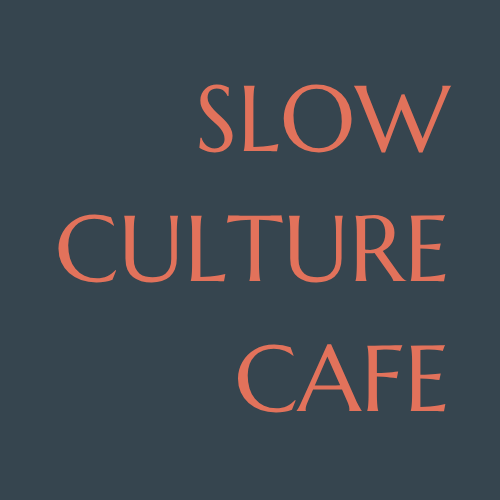Cross Genre Fusion: Where Sounds Collide And Bloom
The contemporary music landscape has reached an unprecedented level of genre-blending creativity, where traditional boundaries between musical styles have dissolved into a vibrant tapestry of cross-cultural collaboration.
Digitalization and AI are opening up completely new fields in the music sector. DJs and composers have new opportunities to create pieces and try out new things. It was obvious that they would not remain faithful to their genre, but rather strive for a mix, a fusion, of different genres.
After all, the possibilities seem endless, especially with AI, to test all the limits that your own style repertoire offers and also to define new limits that can be created across different styles.
In the end, it's the community that determines success or failure in the music industry. And this community is currently in the process of defining new styles and allowing the fusion of very different musical styles to be tried out and embraced with relish on the dancefloor or in the playlist.
Artists today are fearlessly combining jazz improvisation with techno's pulsating rhythms, weaving deep house's hypnotic basslines through Latin percussion, and merging reggaeton's infectious bounce with trap's hard-hitting beats. This cross-genre fusion represents more than just experimentation—it's a fundamental shift in how music is created, consumed, and understood in our interconnected world.
Digital Revolution: Breaking Down Musical Borders
The digital tools which are available today give artists the possibilities of worldwide production, marketing, and sales activities. Streaming platforms have eliminated geographical barriers, allowing a producer in London to discover underground cumbia tracks from Colombia, sample traditional Japanese instruments, and collaborate with trap artists from Atlanta—all within a single creative session.
This democratization of musical knowledge has empowered artists to draw from an infinite palette of influences, creating compositions that would have been impossible to conceive just decades ago.
EDM as the Ultimate Cultural Melting Pot
Electronic dance music has become the ultimate melting pot for this fusion movement. EDM's adaptable framework provides the perfect foundation for incorporating organic elements from various cultures. Artists like Diplo have pioneered this approach, seamlessly blending Caribbean dancehall with American hip-hop and European electronic production.
Meanwhile, deep house has evolved beyond its Chicago origins to incorporate African polyrhythms, Middle Eastern melodies, and Latin American percussion, creating a truly global sound that resonates across continents.
Latin Rhythms Leading the Fusion Revolution
The Latin music explosion has been particularly instrumental in driving cross-genre innovation. Reggaeton's distinctive dembow rhythm has proven remarkably versatile, adapting to everything from pop ballads to hardcore trap beats. Artists like J Balvin have demonstrated how reggaeton can serve as a bridge between cultures, incorporating jazz harmonies, techno synthesizers, and even classical arrangements into their productions.
This flexibility has made Latin-influenced fusion one of the most commercially successful forms of genre-blending today and tomorrow.
Jazz Meets Electronic: Where Tradition Embraces Innovation
Jazz, once considered a purist's domain, has embraced this fusion renaissance with remarkable enthusiasm. Contemporary jazz artists are incorporating trap's 808 drums, house music's four-on-the-floor patterns, and reggaeton's syncopated rhythms into their improvisational frameworks. Artists like Robert Glasper have shown how jazz's sophisticated harmonic language can elevate electronic productions.
The trap influence has been particularly transformative, with its distinctive hi-hat patterns and booming bass becoming a universal language that transcends cultural boundaries.
From Latin trap to Afro-trap to jazz-trap, this genre's production aesthetic has proven endlessly adaptable, serving as a common denominator that allows artists from different backgrounds to find common ground.
Advanced production software allows artists to manipulate sounds in ways that blur the lines between acoustic and electronic, organic and synthetic.
Especially AI-assisted composition tools are beginning to suggest unexpected harmonic progressions and rhythmic patterns that push fusion into uncharted territory.
The commercial success of cross-genre fusion reflects a global audience increasingly hungry for musical diversity. Playlists have replaced albums as the primary mode of music consumption, encouraging listeners to embrace genre-hopping journeys that might include everything from Brazilian funk to Korean hip-hop to Nordic deep house within a single listening session.
This fusion movement represents more than musical innovation—it's a cultural phenomenon that reflects our increasingly interconnected world.
As artists continue to break down barriers between genres, they're creating a universal musical language that speaks to shared human experiences while celebrating cultural diversity.
New styles are created and the advantages of a digitalized and globalized world are fully emerging here. Music is not only available available via concerts, but also with digital streaming services, which accelerate the worldwide marketing of cross-genre titles.
The future of music lies not in rigid genre classifications but in the endless possibilities that emerge when creative boundaries dissolve, allowing artists to paint with the full spectrum of human musical expression.

